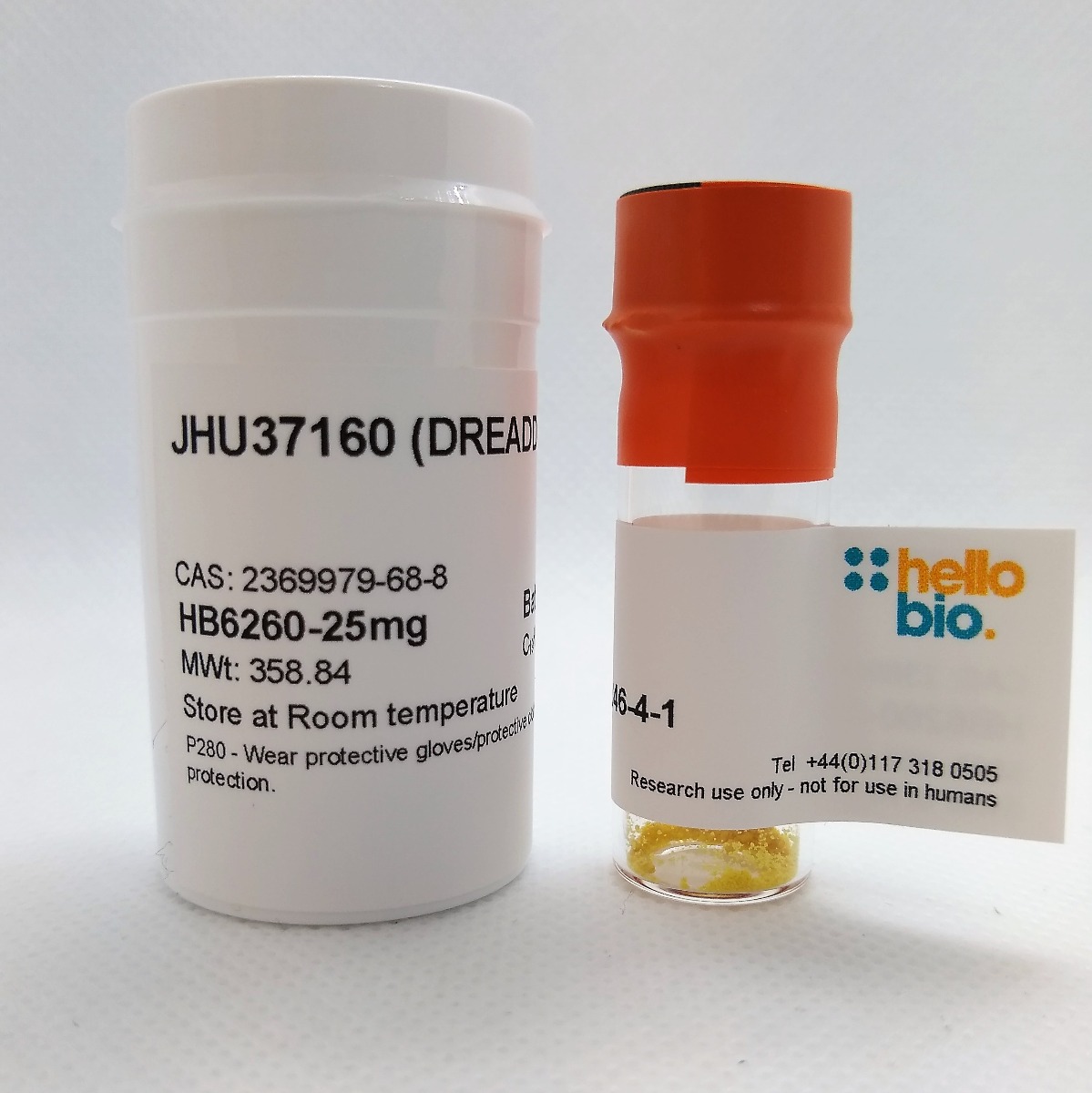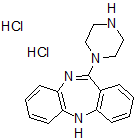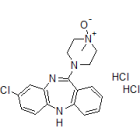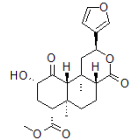| Overview
JHU37160 is reported to be a novel DREADD agonist with high in vivo DREADD potency for CNS applications.
It has high affinity in vitro for hM3Dq and hM4Di (Ki values are 1.9 nM (hM3Dq) and 3.6 nM (hM4Di).
It selectively displaces [3H]clozapine from DREADDs and not from other clozapine-binding sites at concentrations up to 10 nM when tested for in situ [3H]clozapine displacement in brain tissue from WT and D1-DREADD mice.
JHU37160 activates hM3Dq and hM4Di with high potency and efficacy in fluorescent and BRET-based assays in HEK-293 cells (EC50 values are 18.5 and 0.2 nM at hM3Dq and hM4Di respectively.
Occupancy
JHU37160 exhibits high in vivo DREADD occupancy and was not reported to be a P-gp substrate.
In vivo application
JHU37160 is reported to be a potent in vivo DREADD agonist, which selectively inhibits locomotor activity in D1-hM3Dq and D1-hM4Di mice without any significant locomotor effects observed in wild type (WT) mice (at doses ranging 0.01 - 1 mg/kg).
It also produces robust and selective increases in hM3Dq-stimulated locomotion in rats expressing hM3Dq in tyrosine hydroxylase expressing neurons (at doses ranging 0.01 – 0.3 mg/kg).
In in vivo electrophysiology experiments in mice, JHU37160 produces rapid and potent hM4Di-driven inhibition of light-evoked neuronal activation (at a dose of 0.1 mg/kg).
While its selectivity is not ideal (i.e. comparable to clozapine), its high in vivo potency allows for dose adjustments with minimal off-target effects. The compound exhibits promising characteristics for DREADD use in monkeys.
Hydrochloride form recently shown to have dose-dependent anxiogenic effects in male Wistar and Long-Evans rats, regardless of DREADD expression, with no impact on locomotor behvaiour suggesting that high doses (e.g. 1mg/kg) should be avoided in chemogenetic experiments designed to evaluate circuit manipulation on anxiety-like behavior in rats.
Water soluble version also available.
Sold under license from the NIH, US patent pending 62/627,527 | 






 Understanding purity and quality - a guide for life scientists
Understanding purity and quality - a guide for life scientists

